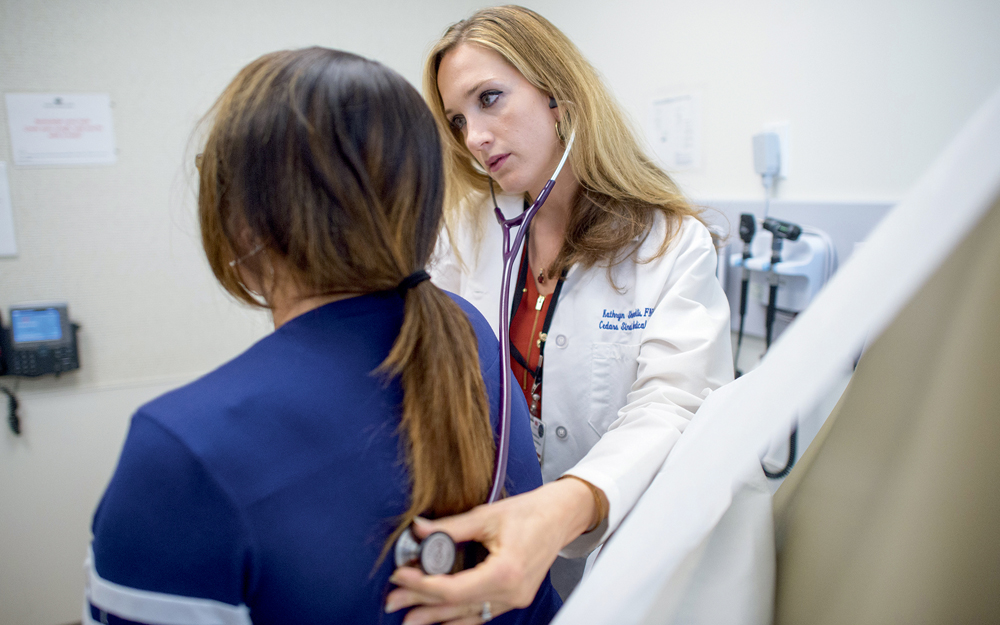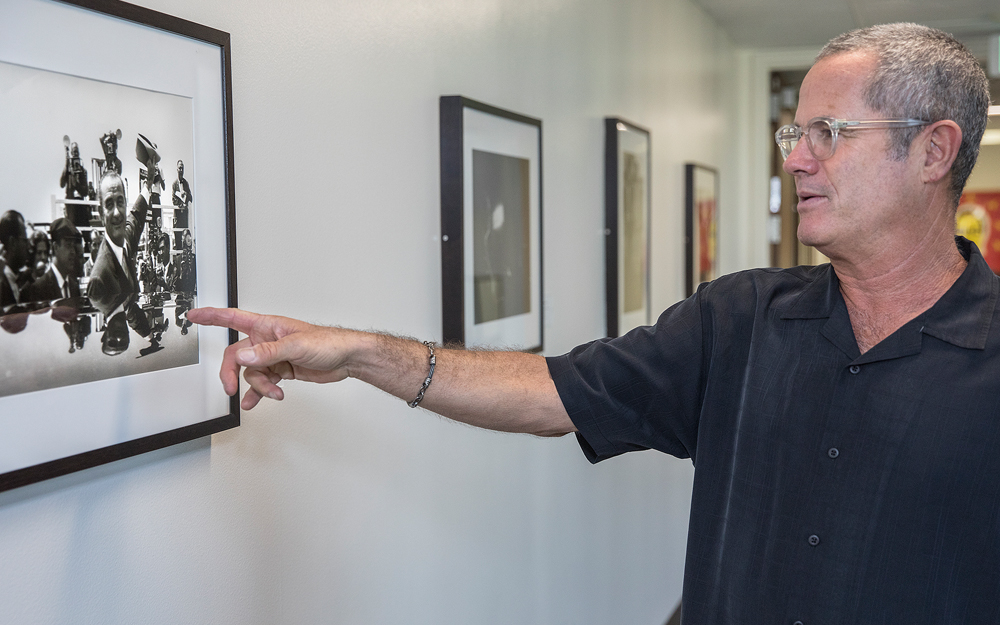What Does a Nurse Practitioner Do?
Date
November 4, 2019

Date
November 4, 2019
Credits
Medical providers featured in this article
In Brief
{{cta-block}}
With many parts of the country facing a scarcity of primary care doctors, nurse practitioners (NPs) are providers who fill an increasingly important role in helping people get healthy and stay healthy.
There's a growing number of these advanced practice nurses, with an estimated 270,000 licensed to practice in the US as of the beginning of 2019.
We asked Jennifer Elad, a nurse practitioner who co-developed Cedars-Sinai's Center for the Undiagnosed Patient, to share some of the ways NPs work with patients and when you might see them on your healthcare journey.
"As the nurse practitioner, I examine our approach to patient care, review outcomes, and ensure timely access to high-quality care."
What can an nurse practitioner do for you?
Broadly speaking, NPs are trained to assess, diagnose, order, and interpret medical tests, prescribe medications, and collaborate in the care of patients.
The scope of practice for a nurse practitioner varies from state to state, and sometimes even from hospital to hospital. In California, NPs practice in collaboration with a licensed physician.
NPs often provide primary care and urgent care services, as well as acute care for a diverse population of patients.
Elad sees their roles expanding in areas of leadership and research. They're also valuable team members in providing continuing services to patients who have complex or chronic illnesses.
An essential collaborator on the healthcare team
One phrase Elad likes to use when talking about NPs is "interprofessional approach."
The strongest teams are made up of a variety of healthcare experts all thinking critically and applying their skills for the benefit of patients. Elad is especially excited when these teams come together to review patient cases and provide input.
In her work with the Center for the Undiagnosed Patient and an adrenal program she recently helped launch, she has reviewed cases with specialists, genetic counselors, geneticists, radiologists, pathologists, and NPs who all provide input on the best course of action.
"This team-based model really is the highest level of care," she says. "As the nurse practitioner, I examine our approach to patient care, review outcomes, and ensure timely access to high-quality care. I'm dedicated to looking at ways to improve our program's efficiency."
NPs help you get well and teach you how to stay well
Helping a patient get back on the road to wellness is only the first part of the journey for the nurse practitioner, Elad says.
Feeling better is important. Knowing what needs to be done to continue feeling well and prevent future illness is also a crucial part of a treatment strategy.
"We don't want our patients to return to the emergency room or be readmitted to the hospital," she says. "We want to give them all the tools they need to stay well."
Patient education, follow-up, and providing continuity of care are major areas where an NP adds value.
"We do look at our patients in a holistic way," Elad says. "We look at their environment, their cultural sensitivities, how they go back to their daily lives, and we incorporate those factors into their treatment."





